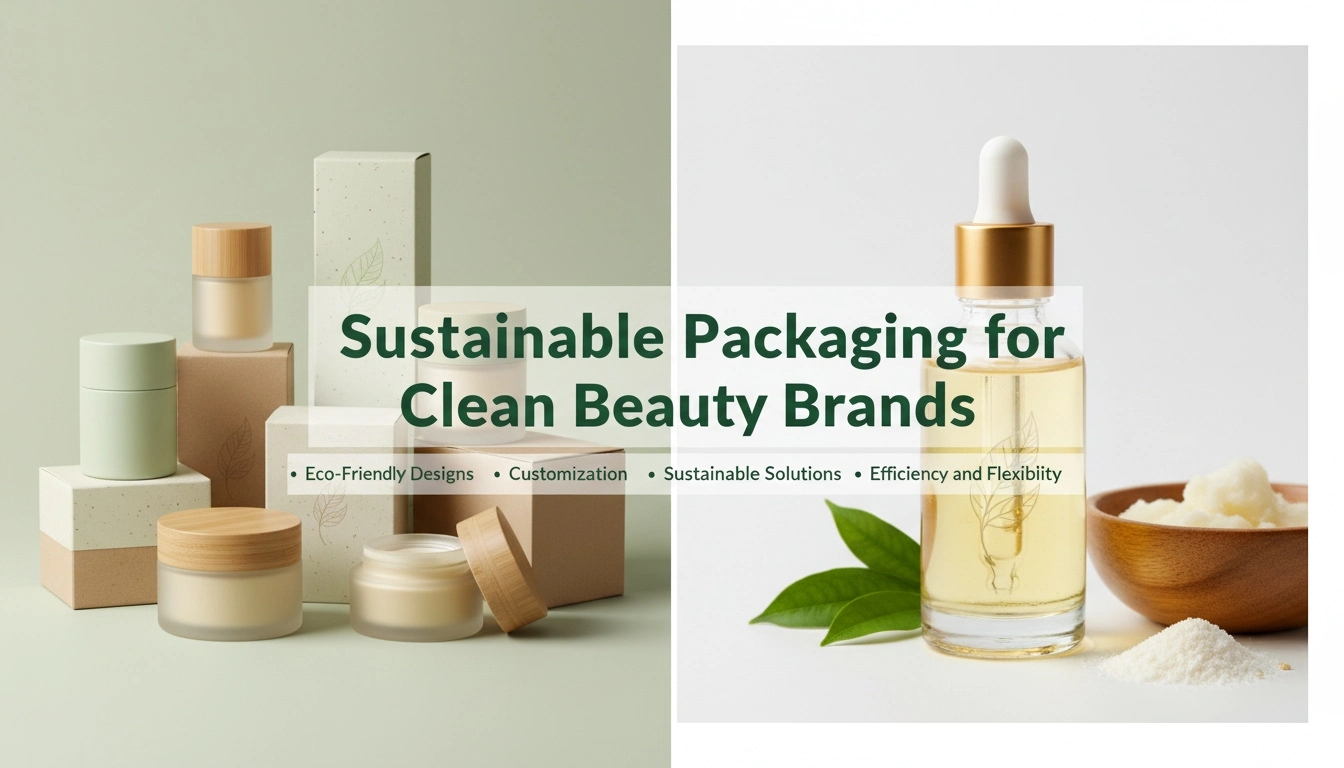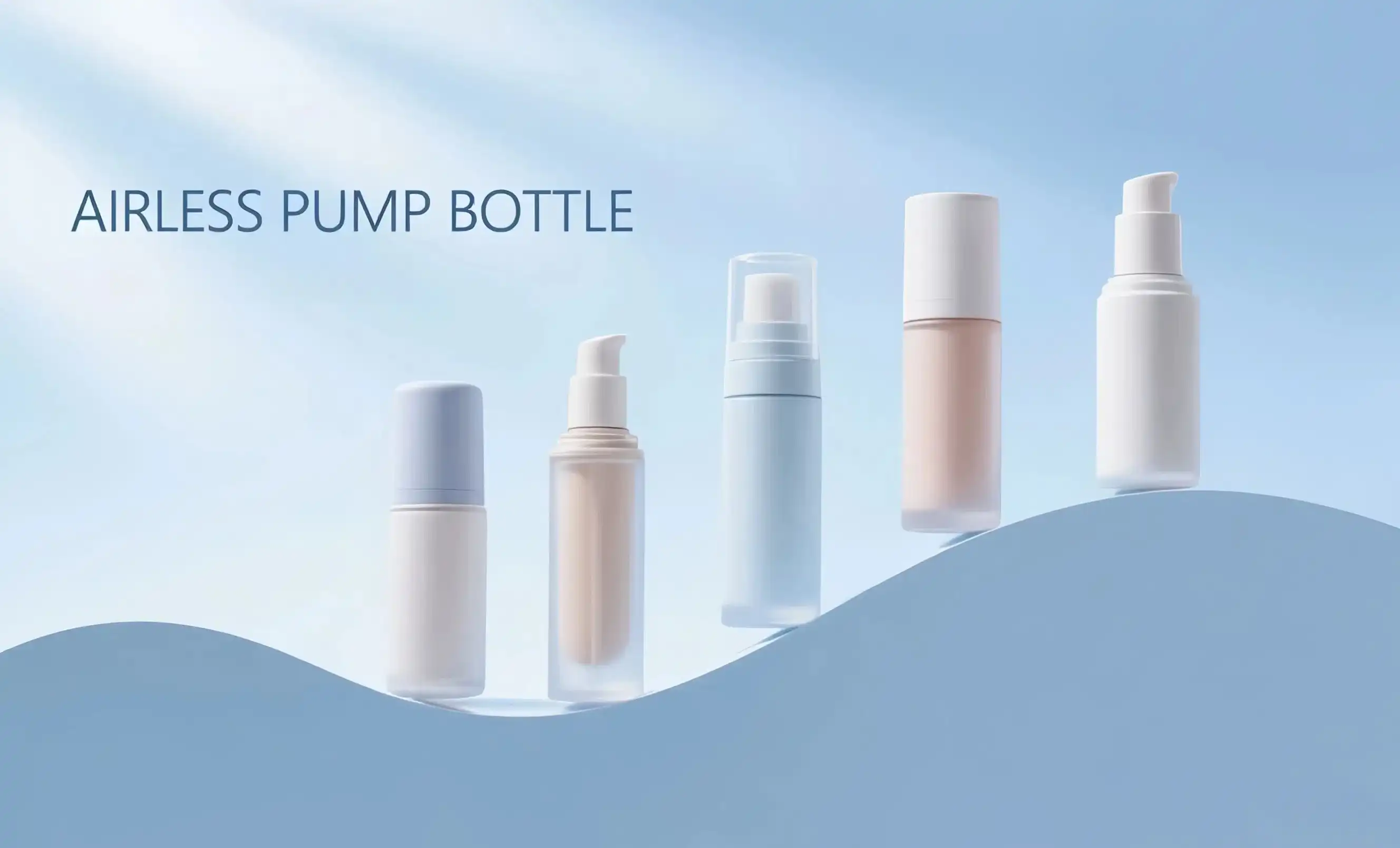The Advantages of Sustainable Cosmetics Packaging
Sustainable cosmetics packaging offers numerous benefits for both consumers and the environment. By opting for eco-friendly solutions, brands can significantly reduce their carbon footprint and contribute to waste reduction. One of the primary advantages is the decrease in plastic pollution, as sustainable materials often biodegrade or can be easily recycled. This shift towards greener packaging also aligns with consumer values, potentially increasing brand loyalty and attracting environmentally conscious customers.
Environmental Impact Reduction
The adoption of sustainable packaging materials, such as recycled plastics, glass, or biodegradable alternatives, helps in conserving natural resources and reducing the amount of waste that ends up in landfills or oceans. This approach not only minimizes environmental harm but also promotes a circular economy where materials are reused and recycled efficiently.
Cost-Effectiveness in the Long Run
While initial investments in sustainable packaging solutions may be higher, they often prove cost-effective in the long term. Refillable cosmetic packaging, for instance, reduces the need for constant production of new containers, potentially lowering manufacturing costs over time. Additionally, as consumers become more environmentally aware, they are often willing to pay a premium for sustainable products, which can offset the initial investment costs for brands.
Enhanced Brand Image and Consumer Trust
Companies that prioritize sustainable packaging demonstrate their commitment to environmental responsibility, which can significantly enhance their brand image. This commitment resonates with consumers who are increasingly making purchasing decisions based on a brand's environmental stance. By adopting sustainable packaging, cosmetic companies can build trust with their customers and differentiate themselves in a competitive market.
7 Sustainable Cosmetic Packaging Trends
The cosmetics industry is witnessing a rapid evolution in packaging solutions, with sustainability at the forefront. Here are seven key trends that are shaping the future of cosmetic packaging:
1. Refillable Systems
Refillable cosmetic packaging is gaining momentum as a sustainable solution. This system allows consumers to reuse the original container by purchasing refills, significantly reducing plastic waste. Brands are innovating with sleek, durable containers designed for multiple uses, often incorporating materials like glass or recycled plastics.
2. Biodegradable Materials
The use of biodegradable materials in cosmetic packaging is on the rise. These materials, derived from natural sources like plant-based plastics or mushroom packaging, break down naturally without harming the environment. This trend addresses the issue of long-lasting plastic waste associated with traditional cosmetic packaging.
3. Minimalist Designs
Minimalism in packaging design is not just an aesthetic choice but a sustainable one. By reducing excess packaging and opting for simpler designs, brands can minimize material usage and waste. This approach often results in lighter packaging, which can also reduce transportation-related emissions.
4. Upcycled Ingredients in Packaging
Innovative brands are exploring the use of upcycled ingredients in packaging materials. This could include using agricultural waste or by-products from other industries to create packaging, turning what would be waste into a valuable resource.
5. Water-Free Formulations
Water-free or solid formulations are gaining popularity, not just for their concentrated formulas but also for their packaging benefits. These products often require less packaging and can be sold in bar form or in compact, recyclable containers, reducing the overall environmental impact.
6. Multi-Use Packaging
Packaging designed for multiple uses or products is becoming more common. This trend includes containers that can be repurposed after the product is finished or packaging systems that can house different types of products, reducing the need for multiple containers.
7. Compostable Packaging
Compostable packaging materials are emerging as a viable alternative to traditional plastics. These materials can break down in commercial composting facilities, returning nutrients to the soil without leaving harmful residues.
Smart Packaging: How Technology Enhances Sustainability
The integration of technology into cosmetic packaging is opening new avenues for sustainability. Smart packaging solutions are not only enhancing user experience but also contributing to environmental conservation efforts.
QR Codes for Product Information
QR codes on packaging allow brands to provide detailed product information, usage instructions, and recycling guidelines without the need for extensive printed materials. This digital approach reduces paper waste and enables easy updates to information without reprinting packaging.
NFC Technology for Authentication and Reordering
Near Field Communication (NFC) technology in packaging can help authenticate products, preventing counterfeit goods. It can also facilitate easy reordering of products or refillable cosmetic packaging components, streamlining the replenishment process and encouraging the use of refill systems.
Sensors for Freshness and Usage Tracking
Advanced sensors integrated into packaging can monitor product freshness and track usage patterns. This technology can help reduce waste by alerting consumers when a product is about to expire or needs replacement, ensuring optimal use of cosmetics and reducing unnecessary purchases.
In 2025, the cosmetic industry is clearly embracing sustainability in packaging with open arms. From refillable cosmetic packaging to smart technology integration, these trends are setting new standards for eco-friendly beauty solutions. The shift towards sustainable packaging not only benefits the environment but also meets the growing consumer demand for responsible products.
Are you ready to elevate your brand with sustainable cosmetic packaging? At Topfeelpack, we specialize in advanced airless bottles designed to maintain product effectiveness and extend shelf life. Our commitment to sustainability, coupled with fast customization, competitive pricing, and quick delivery, makes us the ideal partner for forward-thinking beauty brands. Whether you're a high-end skincare brand, a trendy makeup line, or a cosmetics OEM/ODM factory, we have the solutions to meet your specific needs. From PCR materials to custom bottle shapes and special processes, we can help you create packaging that aligns with your brand image and market trends. Don't miss out on the opportunity to stay ahead in the sustainable packaging revolution. Contact us today at pack@topfeelgroup.com to learn more about our innovative cosmetic airless bottles and how we can support your sustainability goals.
References
- Johnson, E. (2024). "The Future of Sustainable Cosmetic Packaging: Trends and Innovations." Journal of Sustainable Packaging, 15(2), 78-95.
- Smith, A. & Brown, B. (2023). "Consumer Perceptions of Eco-Friendly Cosmetic Packaging." International Journal of Green Marketing, 8(4), 210-225.
- Green Beauty Council. (2024). "Annual Report on Sustainable Practices in the Cosmetics Industry."
- Lee, C. et al. (2023). "Smart Packaging Technologies in the Cosmetics Sector: A Comprehensive Review." Advances in Packaging Science, 12(3), 145-160.
- World Packaging Organisation. (2024). "Global Trends in Sustainable Packaging for Personal Care Products."
- Chen, Y. & Wong, M. (2023). "Life Cycle Assessment of Refillable vs. Single-Use Cosmetic Packaging." Journal of Cleaner Production, 320, 128905.

 - 副本_1745399213966.webp)

_1747827716538.webp)

